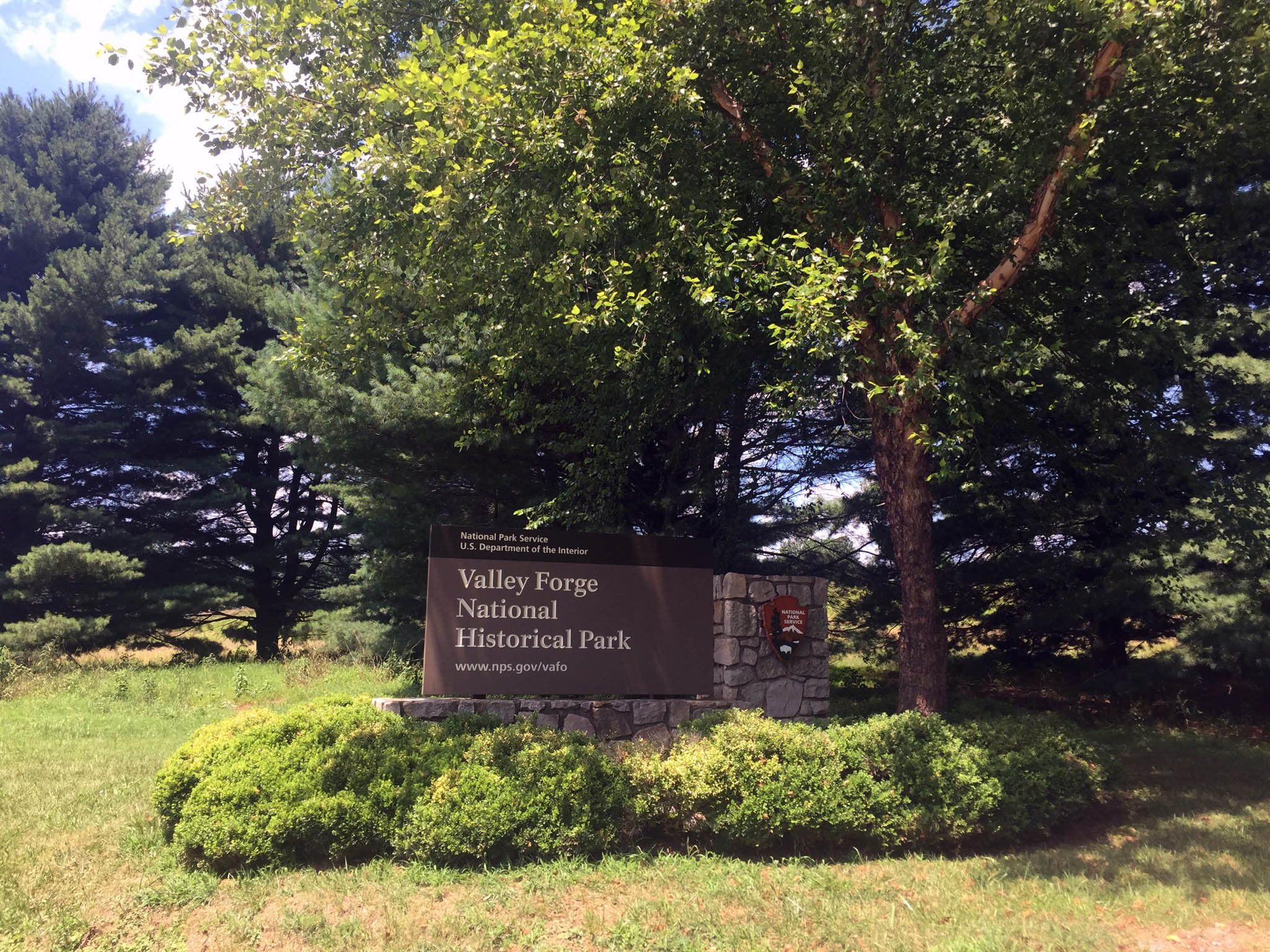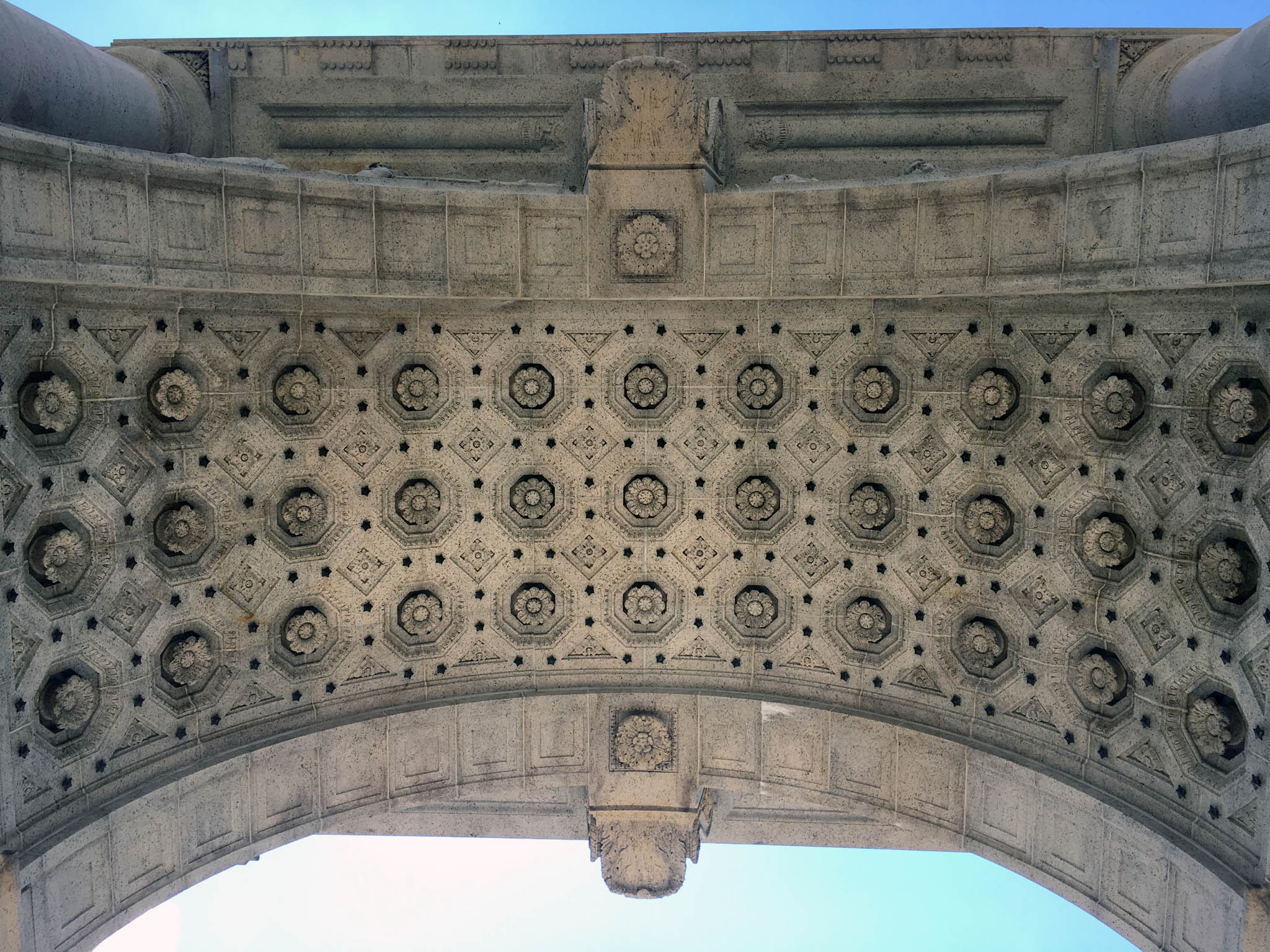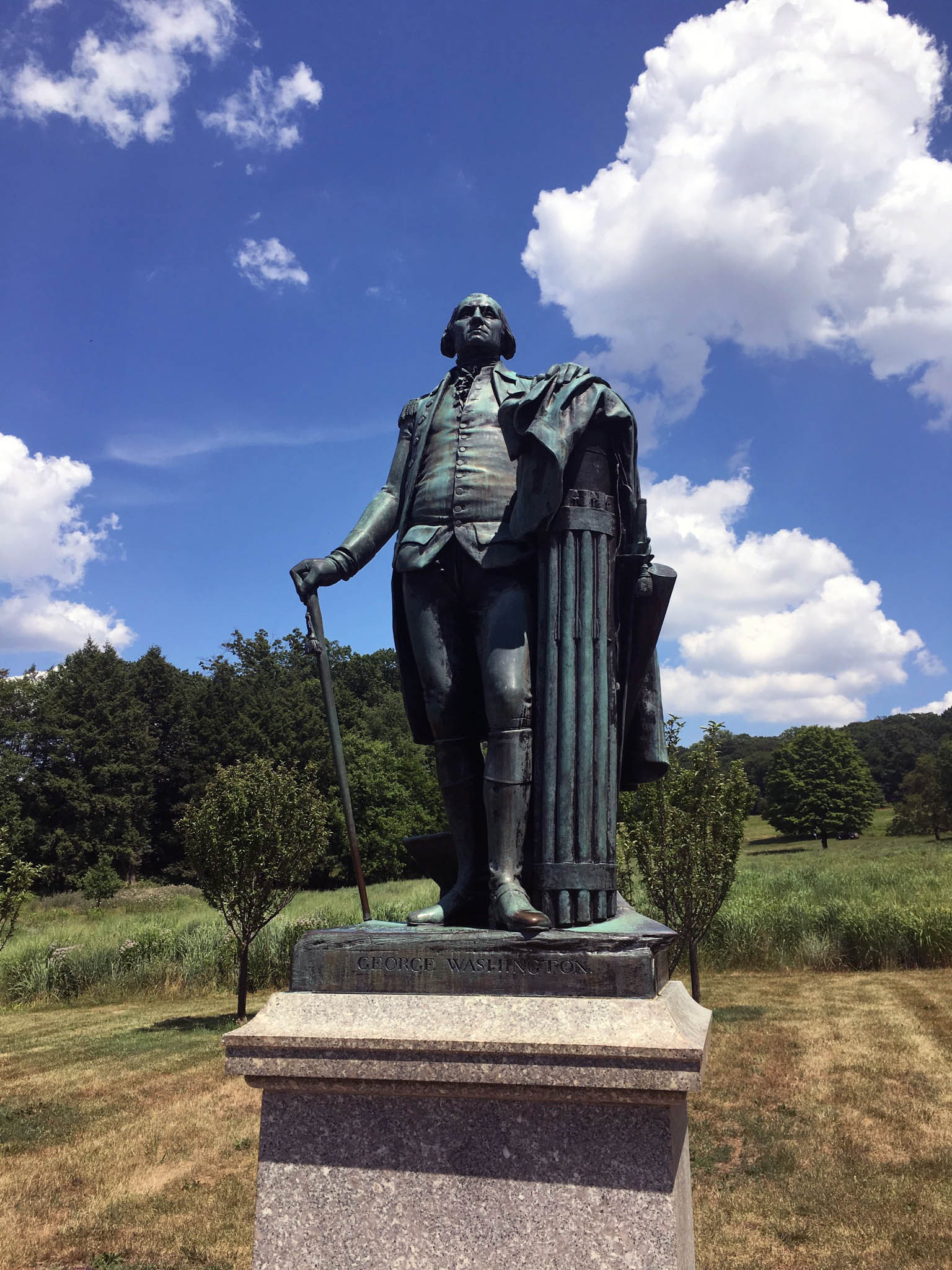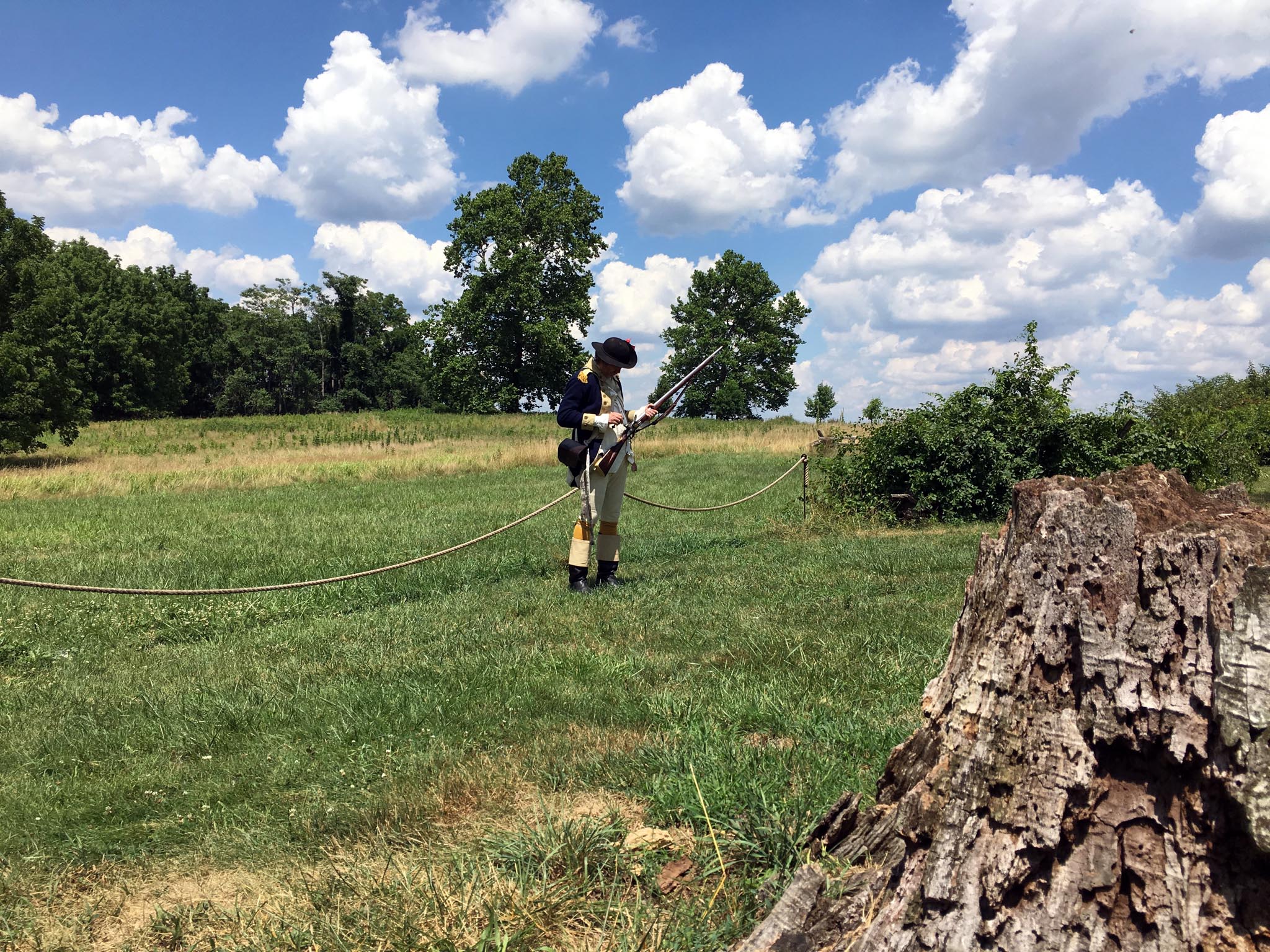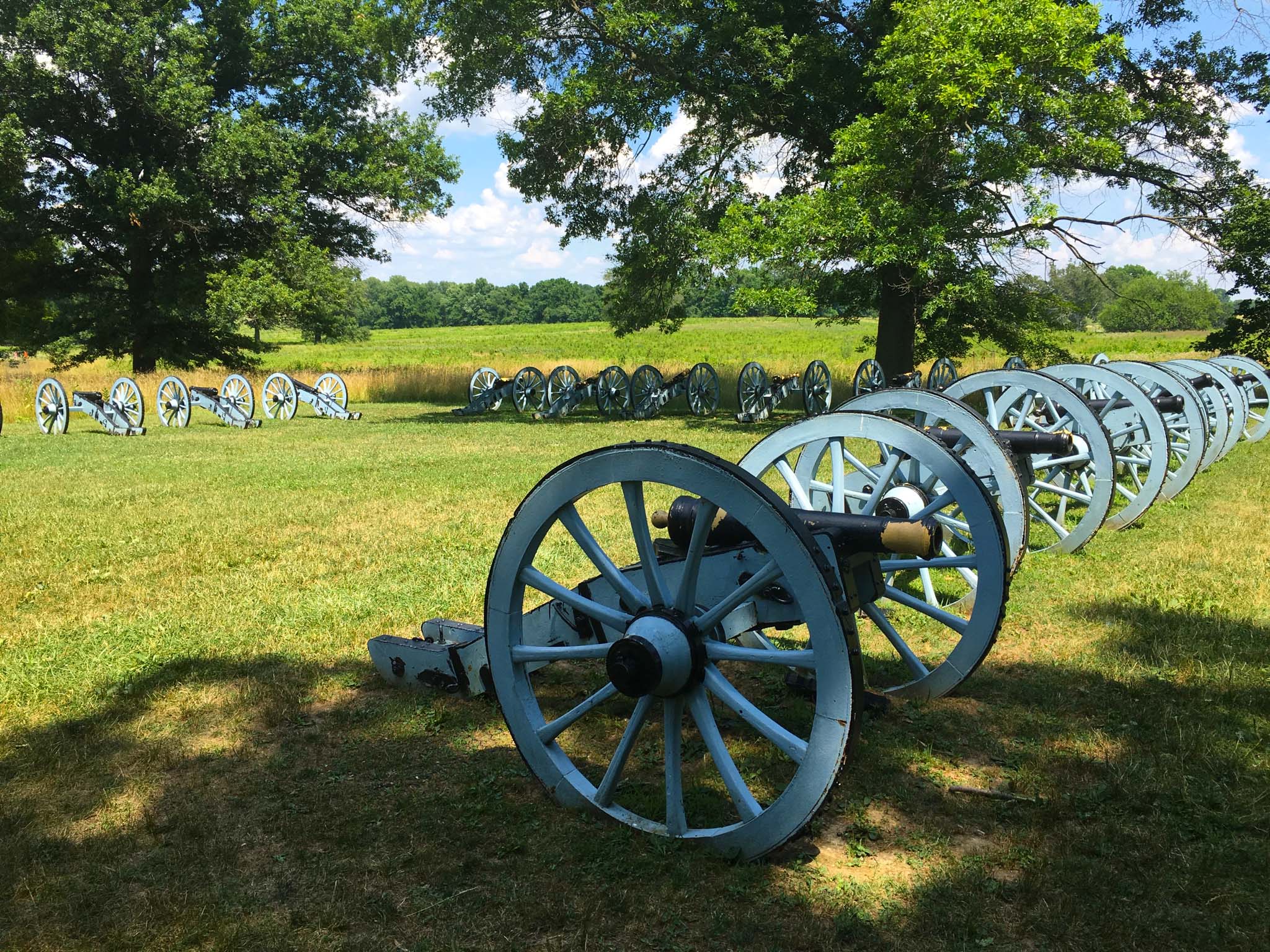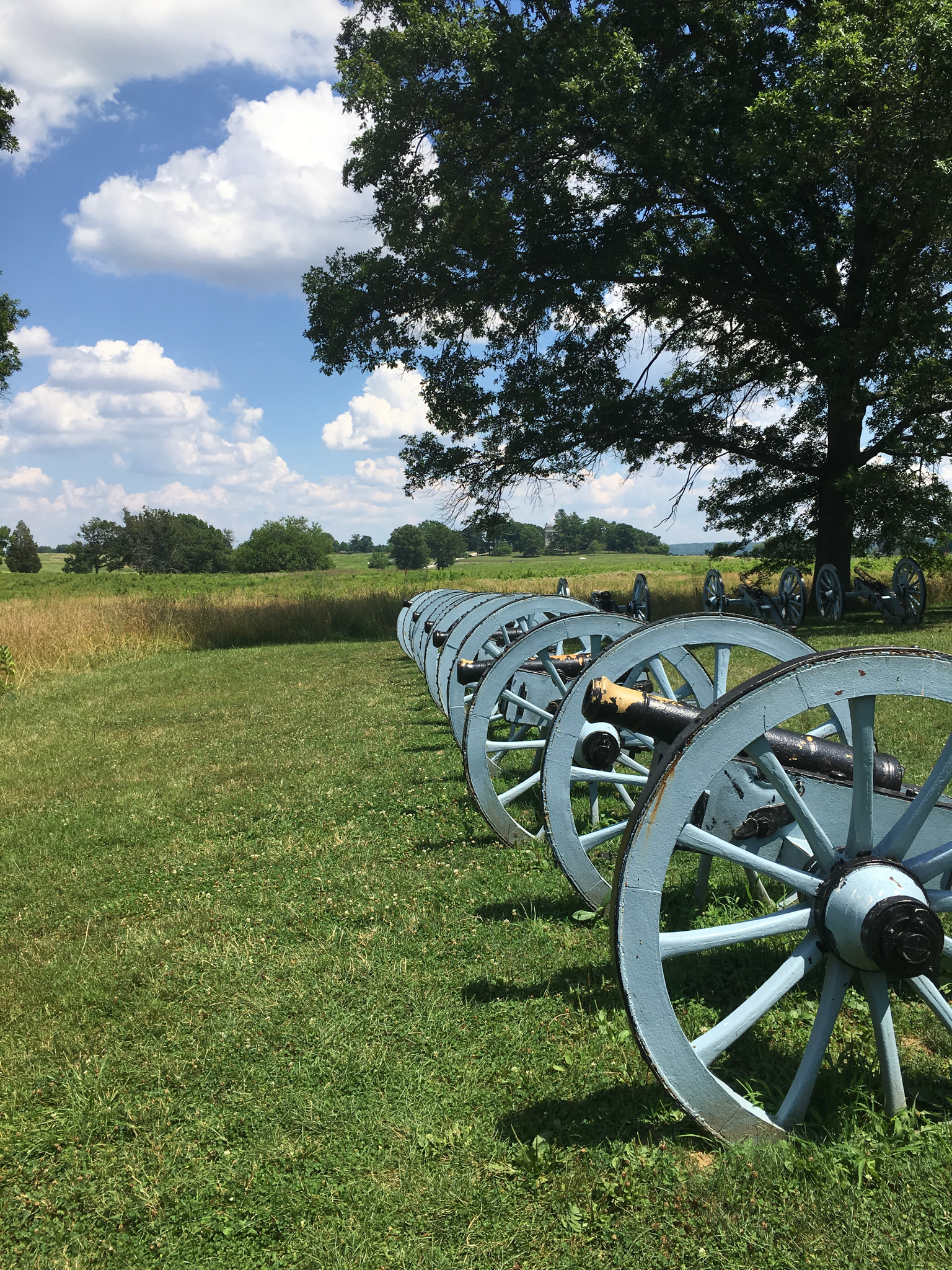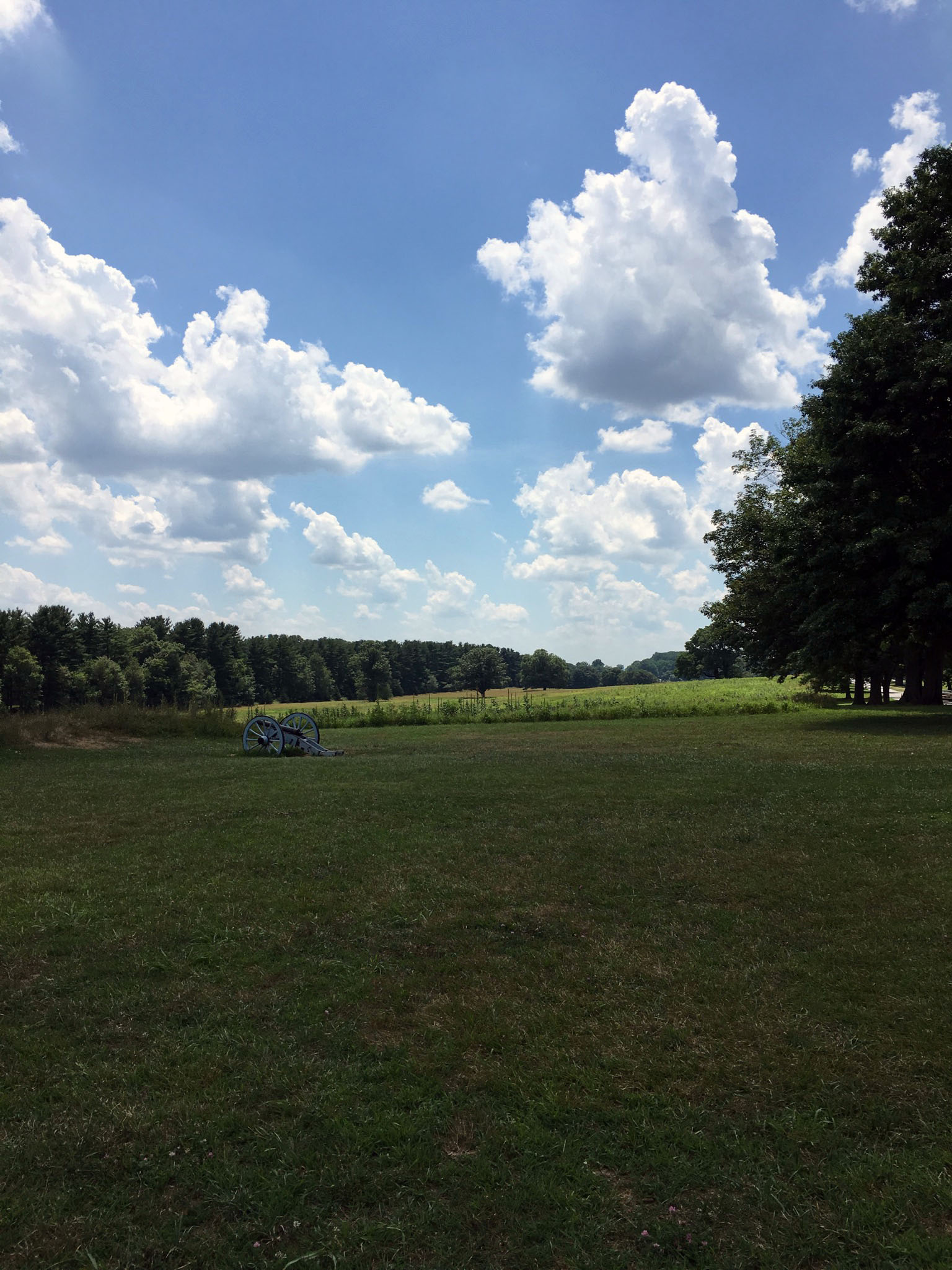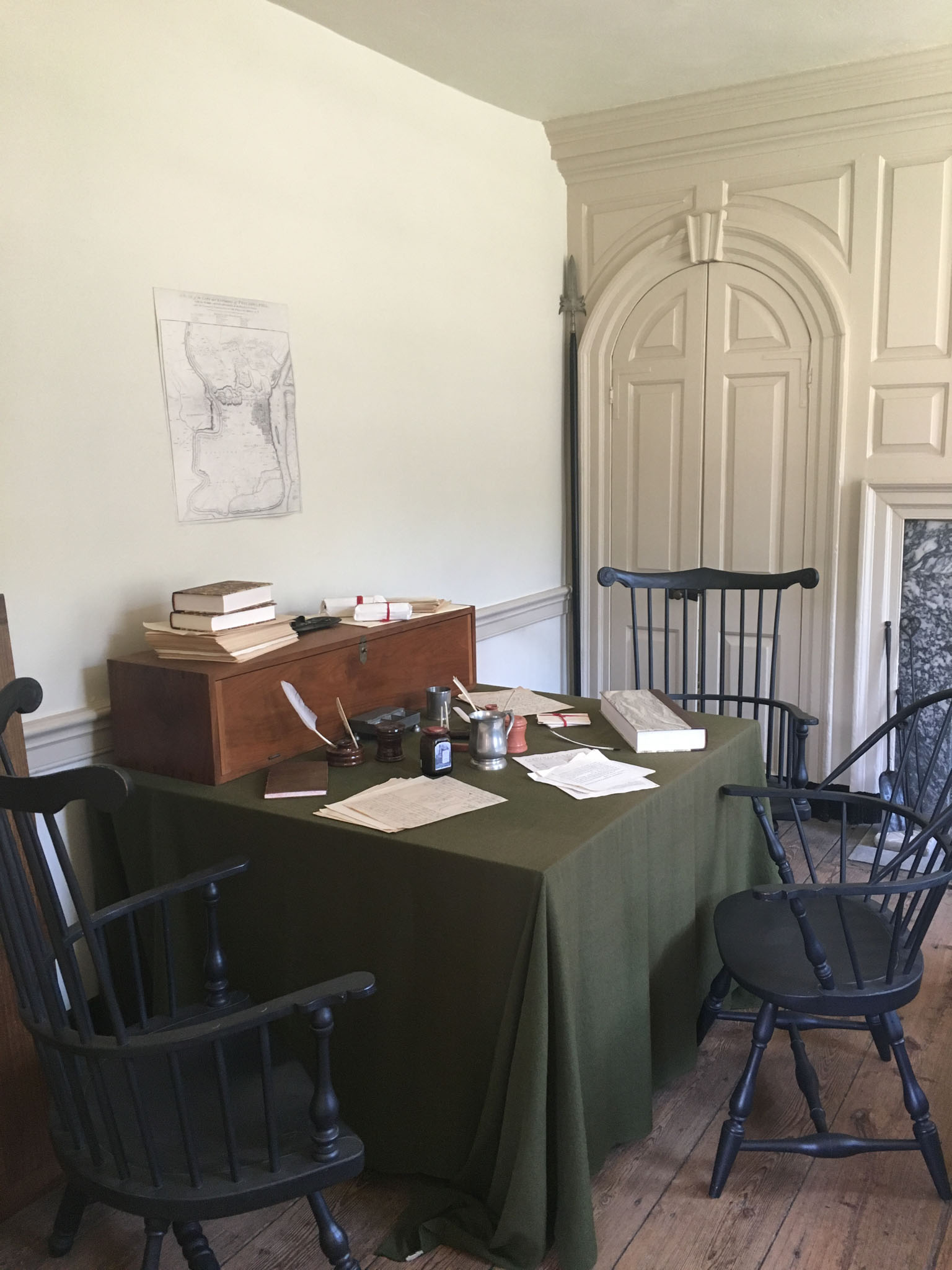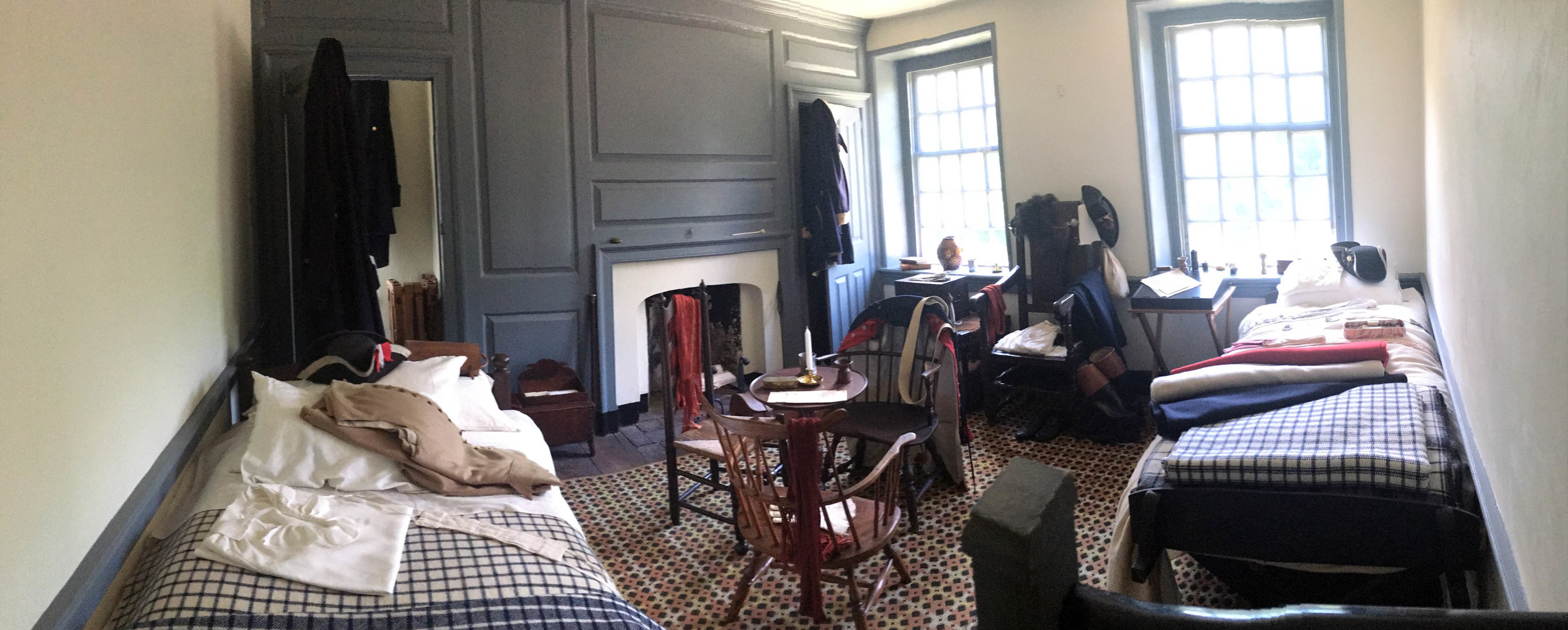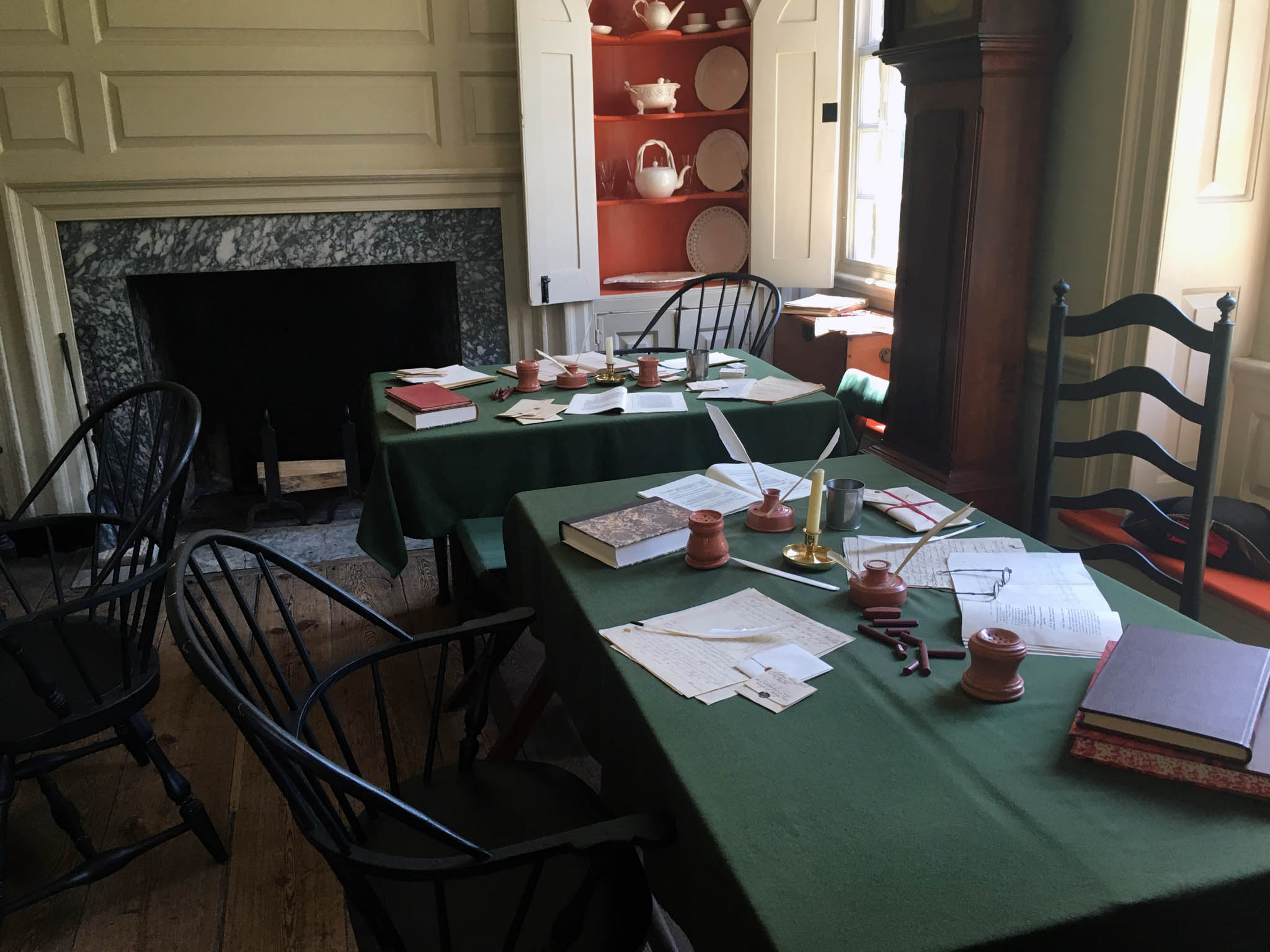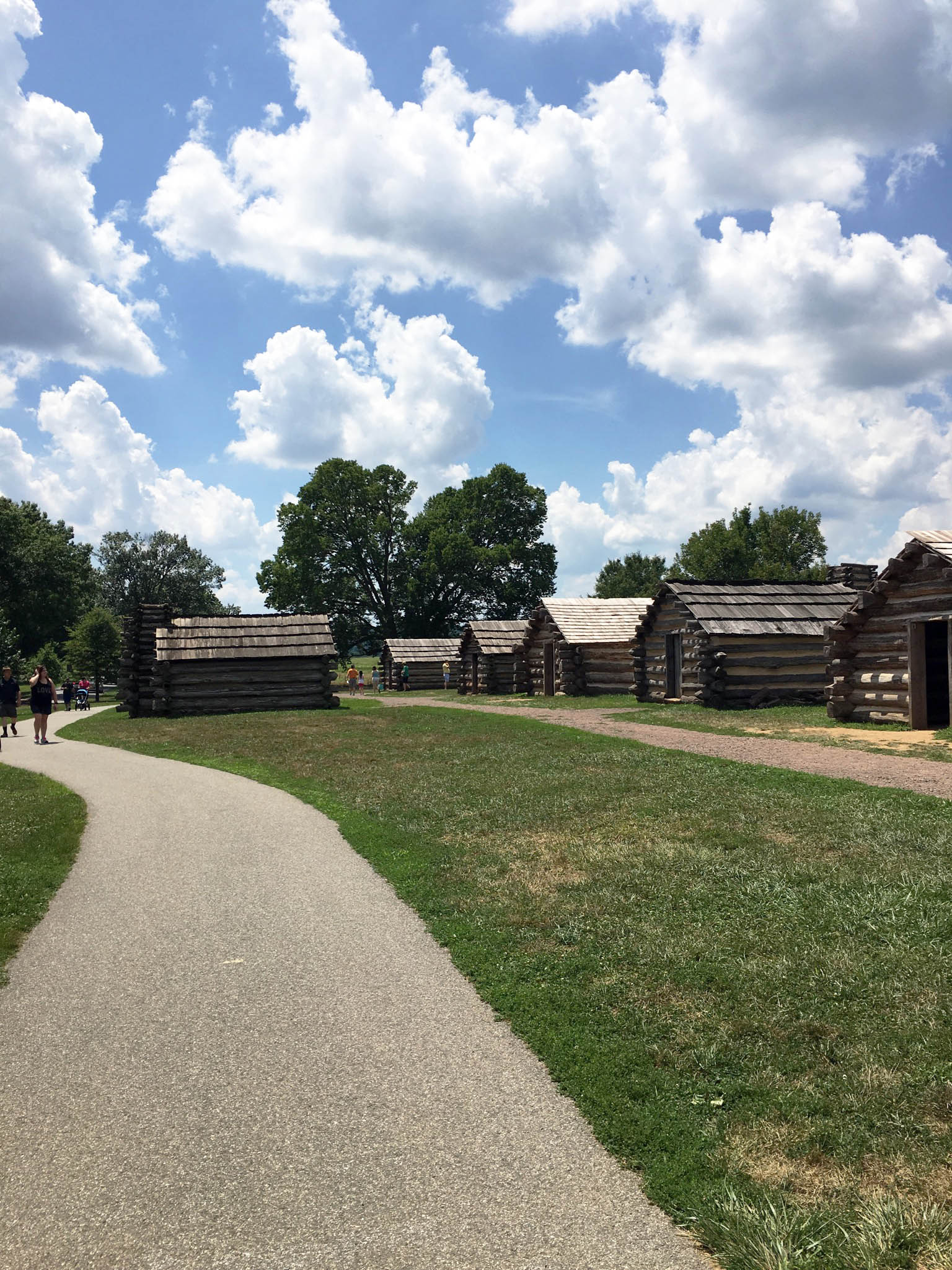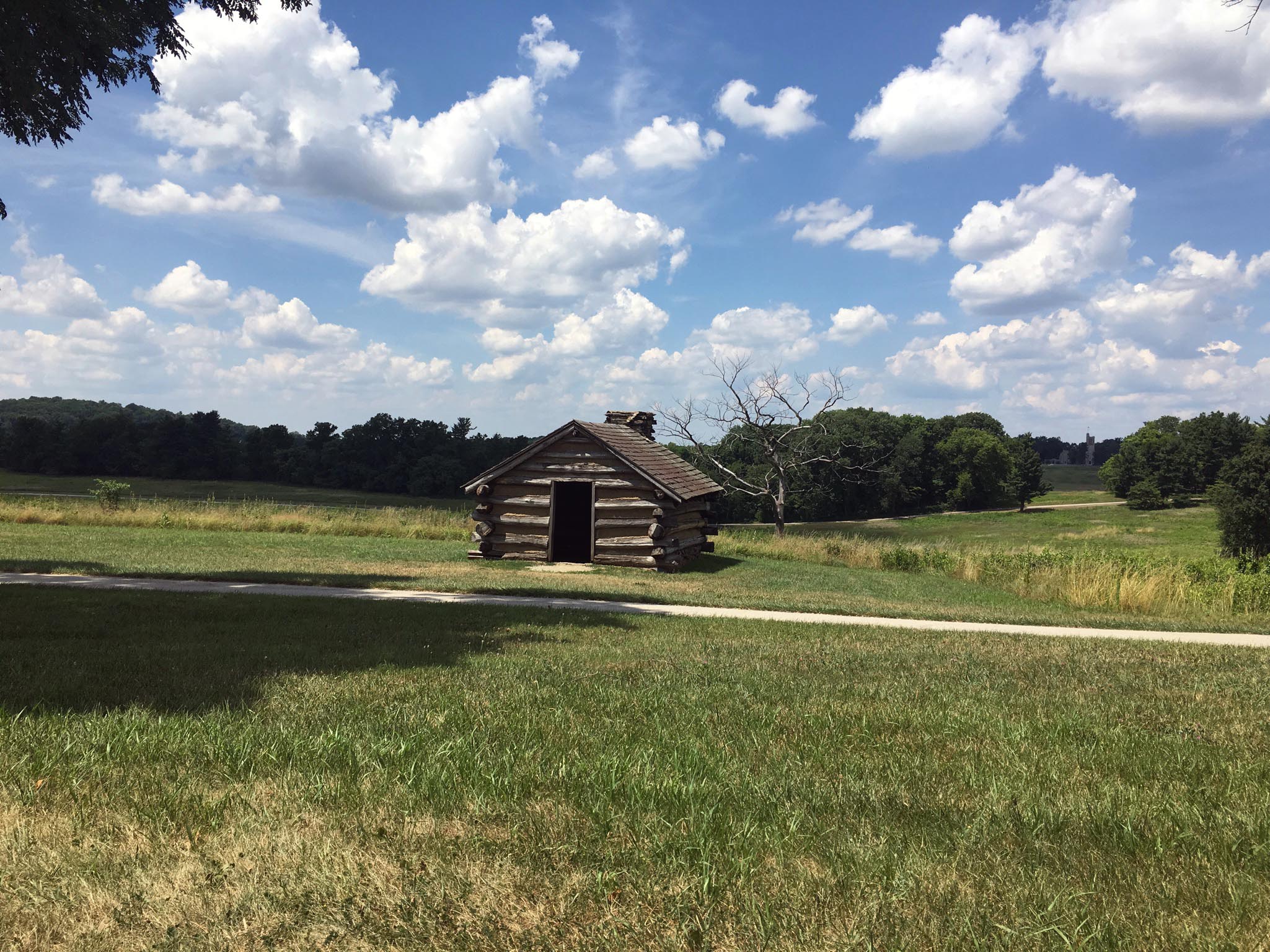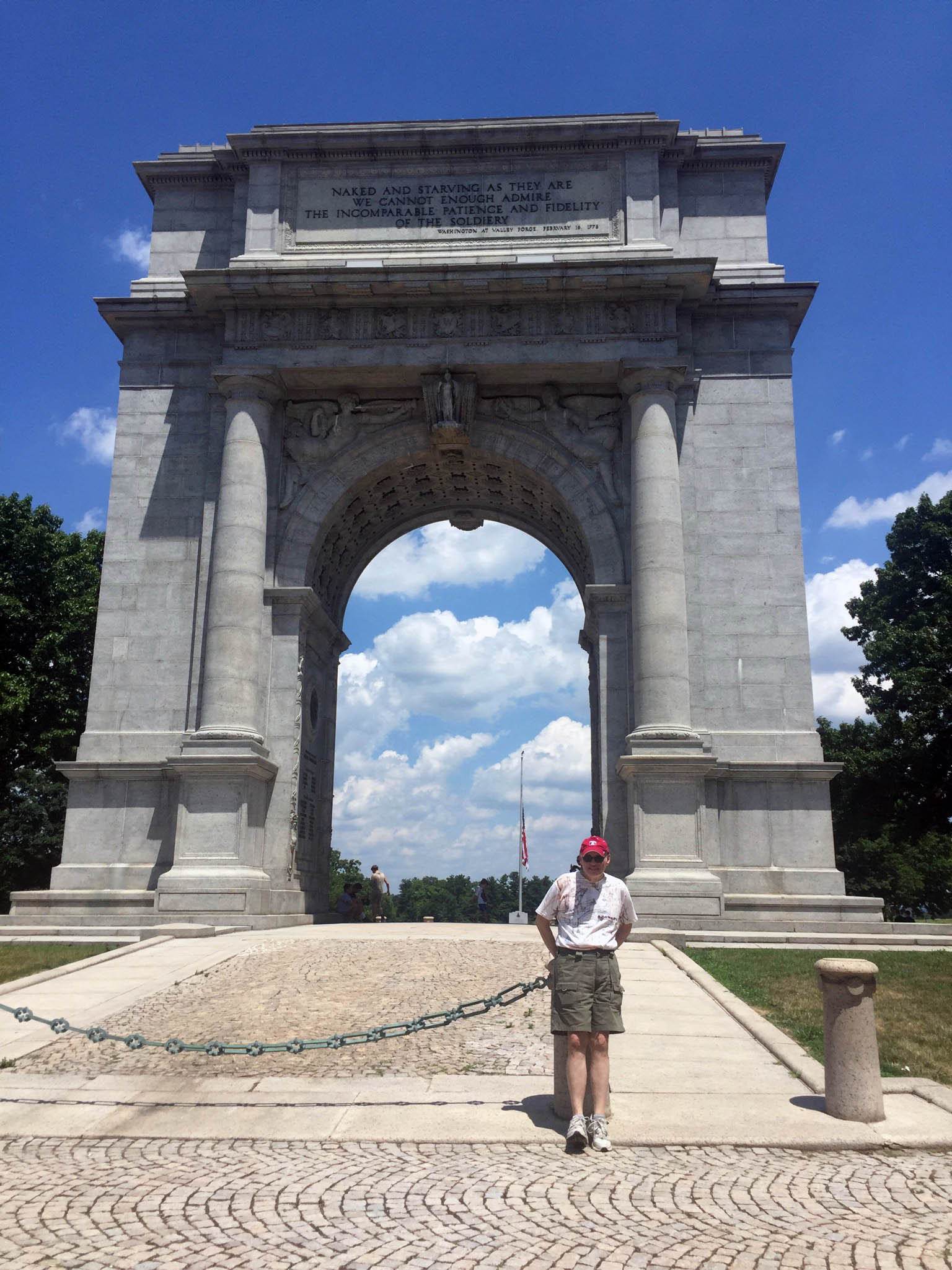By Celeste Hackenberg
When we think of Canada, the word “nature” and its corollaries, “clean,” “green,” and “serene” are among the first associations. It would be no surprise, then, to learn that the national parks scene of our northern neighbor is truly magnificent. In 2017, Canada is turning 150, and is generously offering a birthday gift of free admission to all of its national parks. Of the most celebrated of these attractions is Banff, a quaint town clasped in the jagged hands of Alberta’s Rocky Mountains. Famous for a landscape that juxtaposes commanding skyscraper-cliffs with tranquil aquamarine lakes and soothing hot springs, Canada’s first national park is well-worth the pilgrimage.
My partner Dylan and I were visiting Calgary for my sister’s wedding, and decided to spend the next day together relaxing somewhere as different as possible from New York City. I am from British Columbia, a province with license plates that boast of its beauty, and I think it took going away and coming back to realize how much Alberta, only a few hundred miles away, had to offer. Banff is located just an hour and a half outside of Calgary, the third largest city in the country, so it is easily accessible via Calgary International Airport (YYC) and a rental car. Try creating a price alert on a site such as Hotwire to get the best deal on both. On the drive west, near-neon yellow canola fields light your periphery as the Rockies grow into the foreground, becoming increasingly majestic.
When we reached the gate, where all the cars that had been riding easily all eventually wound up, Dylan and I waited maybe thirty minutes to enter, but it was well worth it. For less than the price of a Tuesday night movie ($9.80 Canadian or $7.53 each), we had access to a sprawling 6,641 square kilometers (or 2,564 mi²) of imposing mountains capped lightly with ice and verdant forests to explore.
Since we arrived later in the afternoon, we chose to stay close to town on our first day, while taking in as much scenery as we could. We parked near the Banff Visitor Center on Banff Ave and walked downtown. Like many of the streets (Buffalo, Elk, Otter, etc.), the restaurant we settled into for coffee and a “Bloody Caesar” (the Canadian version of a “Bloody Mary”) was named after the wildlife that inhabit the area. Grizzly House is located on the main strip, where eateries offer every type of food and dessert you could hope for, and bear spray is readily available for purchase.
We were uncharacteristically tempted by these little gift shops, whose stereotypical maple syrupand moose caricatures spilled out from their storefronts. Dylan and I browsed through maple leaf- and animal-patterned souvenirs, painfully passing on an adorable pair of moose-patterned leggings and onesie pajamas in favor of the more affordable Moose Kisses and natural wood moose bookmark.
After getting our fill of commercial Banff, we followed a signpost to Cave and Basin, not sure what to expect except, well, a cave and basin. We found an unpopulated trail, aside from a few locals toting groceries, leading to a museum that cost only $3.60 and contained a sulfur cave filled with steaming egg-scented water as well as audio-, text-, and visual-history dating back 130 years to the park’s founding —not to mention Nanaimo bars, a delicious Canadian dessert bar made with chocolate and custard — a must-try for anyone crossing the border!
Upon return to our car we drove the short, gorgeous, drive to Banff Upper Hot Springs. Adult admission to the pool is only $7.30 plus a loonie ($1 coin with a loon on it) for a locker. While the springs are often crowded in the summer months, you should be able to find enough space to enjoy the weightless feeling of being buoyed in a deep warm bath without bumping into anyone.
The cost of the gondola across the way, $37 even for the discounted evening ride, was beyond our current post graduate-school budget; however, it is highly recommended, and promises a marvelous overview from its higher vantage.



